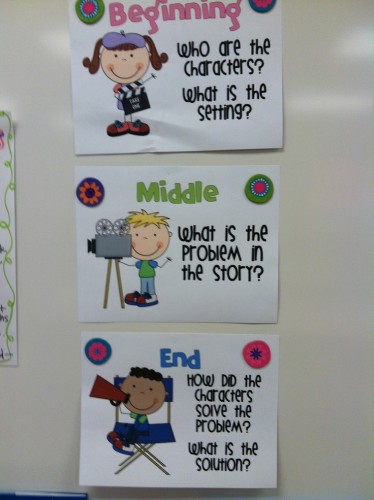Read this article in Spanish here.
HOW TO WRITE AN OP-ED: THE TOPIC
Before you sit down to write, ask yourself the following questions:
- Why now? Op-ed articles should have a news peg.
- Why me? Expertise, personal experience, insider or local knowledge.
- What will my article add to the table? The most successful op-eds showcase unique points of view.
- Do you need inspiration? Check out the Topics of Interest
HITTING THE NAIL ON THE HEAD

Opinion | via Pinterest
You should be able to summarize your argument in one single sentence.
It can be an affirmation, such as in these examples:
- “Post Soviet Russia needs its children”
- “All the money in the world, especially the billions the U.S. borrows from China, can’t buy good judgement”
Common practice has it that the end should simply re-state your opinion. In addition to reinforcing your opinion, we believe that an op-ed can also raise additional, thought-provoking questions:
- “What is more disturbing, not to know one’s error, or to repeat one’s mistake?“
- Is democracy the new Cronus? Will freedom of expression be the sacrifice necessary to maintain the power of the myth?
STRUCTURE

Beginning, middle, end | via Pinterest
- Beginning. Lede, news hook. Context (who, what, where, when, why).
- Middle. Develop your thesis. Include examples, statistics, interactive graphics, etc.
- End. What do you propose to improve the situation? After reading your article, one idea should stick.
LANGUAGE
- Eloquent, but not technical. Op-ed articles should not be colloquial, nor should they use excessive technical terms.
- Global audience. ROOSTERGNN has a global audience. Establish your context so that a reader anywhere in the world can understand your argument.
- Length and web format. Recommended word count: 500-700 words. If you can break up the text to include bullet points, lists, phrases in bold, the web readers will appreciate it. (Attention spans are limited…).
- Images. Graphics, images, and multimedia content is advantageous. For a guide on finding images, click here.
ADDITIONAL RESOURCES
- More tips on op-ed writing, basic op-ed structure, ledes and news hooks by The Op-ed Project.
- “A Few Tips on Opinion Article Writing” by Andrew Leigh, who has written over 100 op-eds.
- “How To Write Op-Ed Columns” by The Earth Institute at Columbia University. Includes op-ed submission guidelines for over 100 U.S. newspapers.
- “How to Write an Op-Ed Article” by David Jarmul, Duke University.
- “And Now a Word from Op-Ed” by David Shipley, Op-Ed Editor for The New York Times.
- “How To Read a Column” by William Safire, The New York Times.

